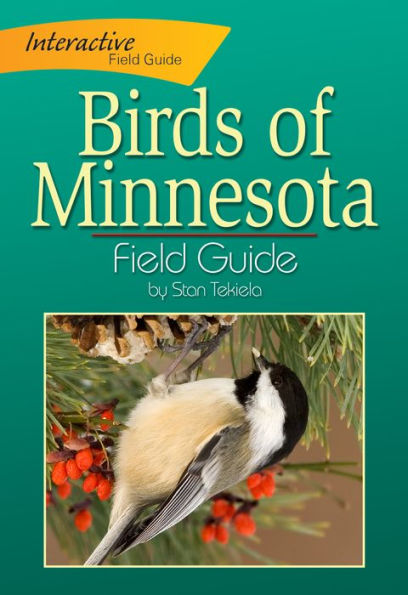5
1

Birds of Minnesota Field Guide

Birds of Minnesota Field Guide
eBook
$7.99
$8.99
Save 11%
Current price is $7.99, Original price is $8.99. You Save 11%.
Related collections and offers
7.99
In Stock

Product Details
| ISBN-13: | 9781591935322 |
|---|---|
| Publisher: | Adventure Publications, Incorporated |
| Publication date: | 01/24/2011 |
| Sold by: | Barnes & Noble |
| Format: | eBook |
| File size: | 210 MB |
| Note: | This product may take a few minutes to download. |
About the Author
From the B&N Reads Blog
